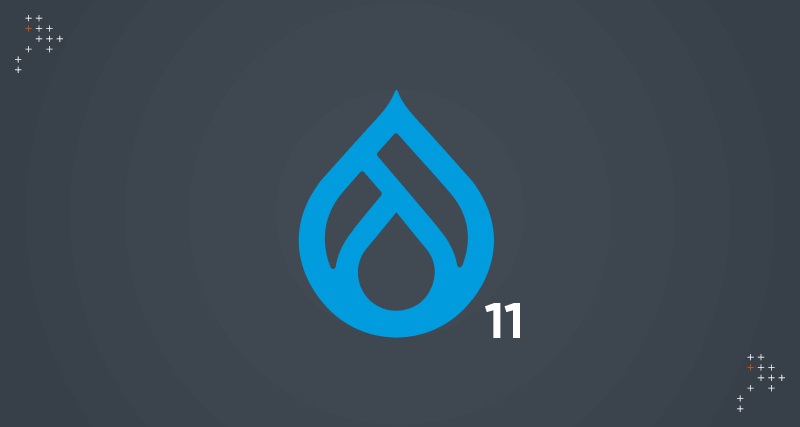
Released on August 2, 2024, Drupal 11 builds on the robust foundation of Drupal 10, offering new tools and workflows aimed at simplifying development, enhancing performance, and streamlining content management. Key updates in Drupal 11 include enhanced CKEditor integration, a redesigned Field UI, performance optimizations, and updates to taxonomy term management.
Overview of Drupal 11
Key Features and Enhancements
Here are the primary features and improvements of Drupal 11:
1. Recipes: Simplifying Development with Pre-Configured Solutions
A notable feature of Drupal 11 is the introduction of Recipes, which are pre-configured bundles of functionality designed to streamline development. Recipes enable developers to rapidly deploy common features without the need for manual configuration.
Whether you're setting up a blog, launching an e-commerce site, or creating a forum, Recipes offer an efficient way to begin with the appropriate modules, configurations, and templates. This feature will also be accessible with Drupal Starshot.
To use Drupal recipes, follow these steps:
- Select a Recipe: Choose a recipe that fits your needs from the available options.
- Apply the Recipe: Implement the selected recipe into your Drupal installation.
- Customize Settings: Adjust the pre-configured settings to suit your project's requirements.
For instance, if an organization aims to set up a blog, selecting the blog recipe will automatically handle the installation and configuration of necessary modules, creation of content types, and setup of views for blog posts.
The table below illustrates the various use cases for some of the most popular Drupal recipes.
Single Directory Components (SDC): Streamlining Component-Based Development
Drupal 11 introduces Single Directory Components (SDC), a robust feature designed to streamline the development process by consolidating all related files—such as Twig templates, JavaScript, and CSS—into a single directory per component. This modular approach enhances the management, reuse, and sharing of components across projects.
Benefits of Implementing SDC:
- Organized File Structure: Store all files associated with a component in one directory, simplifying their location and management.
- Reusability: Easily reuse components across various parts of a site or across different projects.
- Improved Collaboration: Enable developers to work on individual components without disrupting other areas of the project.
For instance, if an organization develops a custom slider component, all related files (e.g., slider.html.twig, slider.js, slider.css) would be organized within a single directory. This consolidation makes it straightforward to maintain and update the component.
